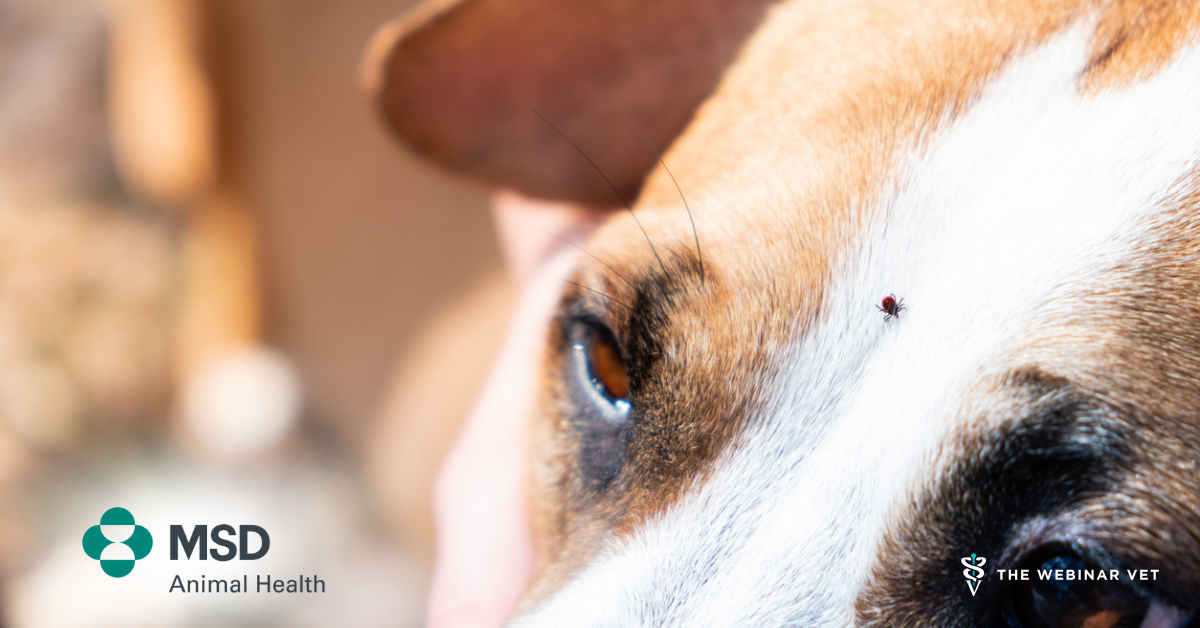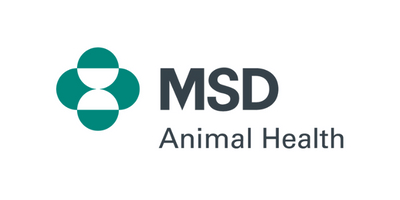
Responsible Use of Parasiticides: Why Bravecto Injectable Leads the Way
John Helps BVetMed CertSAM MRCVS
Senior Technical Manager, Companion Animals, MSD Animal Health
Abstract
Effective parasite control is an essential element of preventive pet health and offers pet owner’s considerable peace of mind. However, responsible use means taking steps which mitigate the potential for environmental impact as well as recommending an approach which supports good compliance. This post explores the evolution of parasite control, the importance of a One Health approach, and how Bravecto injectable can support a stewardship-friendly solution. We’ll discuss strategies for prevention, product options for different pet needs, and some practical tips for embedding responsible prescribing in veterinary practice.
The Changing Landscape of Parasite Control
Parasite control for pets has come a long way. The range of options available to me when I first entered practice in the early 1990s had major limitations and this meant that effective parasite control could sometimes present a significant challenge. Today’s parasiticides offer improved administration, broader spectrum, longer duration, and greater safety—transforming how we can both treat and effectively prevent infestations.
It should come as no surprise that effective parasite control remains a top concern for pet owners. A recent MSD survey of 524 pet owners revealed that nearly half felt uneasy leaving their pets unprotected. Of those who had experienced infestations, 95% reported negative impacts or emotions, with over 40% feeling very or extremely alarmed at the prospect of recurrence.
Pet owners continue to value the advice and recommendations they receive from their veterinary practices. Practices can add real value and avoid self-selection via other over-the-counter, online or retail channels by helping explain the right approach to take on parasite control based on each pet’s need. Responsible use conversations start with asking meaningful open questions and can end with a clear rationale and recommendation appropriate for their pets age, lifestyle, diet and environment. “Are you OK for flea and tick stuff” doesn’t quite cut it!
Towards a One Health Approach
Parasite control delivers undeniable benefits, but it’s essential to balance these with potential risks—especially environmental ones. Recent discoveries of fipronil and imidacloprid in waterways raised concerns about the ecological impact of these parasiticides. The animal health sector is now asking: How do we balance the needs of pets, owners, and the environment? Responsible prescribing means staying informed and adapting strategies as new evidence emerges.
Reactive, Seasonal or Long-Term Control Strategies?
Some commentators are now advocating for a shift to a more reactive or seasonal use of parasiticides, however we remain mindful that unpredictable weather and mild winters mean fleas and ticks can present an issue year-round. Fleas can thrive outdoors over an extended season and continue to present issues in our warm indoor environments year-round. We also see ticks’ questing periods are lengthening due to environmental change. Limiting prevention to a perceived peak season risks poor compliance and increased infestation risk if the period of protection does not match the exposure risk, potentially raising overall use of active ingredients if and when preventative strategies fail. Efficacy questions aside however, as we see below, limiting parasiticide use to peak seasonal use, may not offer the most efficient approach for parasiticide use.
Stewardship Advantages of Bravecto Injectable
For pets at significant risk of flea and tick infestation, a preventative strategy remains a popular approach. For dogs over 6 months of age. Bravecto injectable offers several stewardship benefits for long-term flea and tick control:
Dosing Efficiency: Bravecto injectable uses significantly less active ingredient compared to oral equivalents. For example, a 15kg dog receives a year’s protection with about 1/5 of the active ingredient used in six months when comparing a monthly oral equivalent
Known Elimination Route: Like other isoxazolines. fluralaner is primarily excreted via faeces, which can be collected and disposed of in domestic waste, reducing environmental exposure.
Continuous Efficacy: Maintains protection throughout the year, preventing lapses and reducing the potential for remedial treatment, supporting One Health goals.
Reduced Packaging and Handling: One annual injection improves practice efficiency in prescribing and dispensing and replaces multiple oral doses, minimizing waste, misapplication, and incorrect disposal.
Other reassuring points to note include the low water solubility of fluralaner and the licensed use of this active ingredient in poultry under the brand name of Exzolt.
Bravecto Can Offer Tailored Solutions for Every Pet
One product is unlikely to meet the need of all pets, and thus, the Bravecto range, based on fluralaner, offers diverse options for cats and dogs, allowing flea and tick control for every need. These include:
Bravecto Spot-on & Bravecto Plus Spot-on for Cats: 12-week efficacy for fleas and ticks. Bravecto Plus suits non-hunting cats; Bravecto Spot-on use alongside a broad-spectrum wormer allows flexible worming for hunting cats.
Bravecto Triuno: A monthly chew for dogs, covering gastrointestinal roundworms, lungworm, fleas, and ticks. Consider for puppies under six months or dogs identified to be at higher risk for lungworm.
Bravecto Chewable Tablets: Up to 12-week control of fleas and ticks. Ideal for managing infestations and continued protection due to its durable efficacy.
Bravecto Spot-on for Dogs: Offers a systemic 12-week option for dogs sensitive to or unwilling to take chews.
Bravecto Injectable: a great option for long-term flea and tick control in dogs over six months.
Embedding Stewardship in Practice
Tips to consider for embedding a responsible use of parasiticides strategy include:
Shift the client conversation from “Are you ok for flea and worm products?” to lifestyle and environment questions, to encourage discussions and guide clients towards appropriate use decisions.
Assess pet lifestyle, pet owner perspectives, and individual exposure risks to help guide product use and selection.
Worming protocol can be flexed most easily by choosing separate ectoparasite and worming products.
Educate on environmental hygiene—most immature fleas are off-host, so cleaning, washing bedding, and treating all in-contact pets are essential for best results.
Address adherence challenges by recommending convenient products, as poor compliance leads to waste and ineffective control.
Conclusions
Better stewardship of parasiticides in practice goes beyond choice of protocol and product but irrespective of how we risk assess the pet owner will always be an important consideration. Effective recommendations will mean offering clients solutions that offer convenience and compliance benefits. The Bravecto product range is well positioned to support a more contextualised and nuanced approach to prescribing decisions, but the need for an effective preventative strategy remains. Practices can demonstrate their added value not only through their choice of a product that fits the need but also by actively engaging with clients on appropriate use of parasiticides and relevant precautions that need to be taken. By embedding one health principles into daily practice, its my sincere belief that veterinary teams can deliver better outcomes for pets, families, and the environment.
Key Takeaways
Fleas and ticks remain significant concerns for pet health and owners.
Responsible use of parasiticides begins with ensuring high quality conversations with clients supporting recommendations on parasite control.
Good stewardship benefits from a team approach to client education and product selection.
Restricting prevention to seasonal use may result in greater use of parasiticide and less effective control compared to the one-year injectable product (Bravecto injectable).

Reference
1. The DPTV Market research of UK Pet Owners for MSD Animal Health 2025
BRAVECTO® 150mg/ml injection for dogs (Bravecto Injectable), BRAVECTO® Chewable Tablets and Spot-on for dogs contain fluralaner. POM-V.
BRAVECTO® Spot-on for cats contains fluralaner. POM-V.
BRAVECTO® Plus Spot-on for cats contains fluralaner and moxidectin. POM-V.
Further information is available from the SPC, datasheet or package leaflet. Advice should be sought from the medicine prescriber.
Use medicines responsibly.
MSD Animal Health UK Ltd. Registered office: Walton Manor, Walton, Milton Keynes MK7 7AJ, UK.
Registered in England & Wales no. 946942. Copyright© 2025 Merck & Co., Inc., Rahway, NJ, USA and its affiliates. All rights reserved

